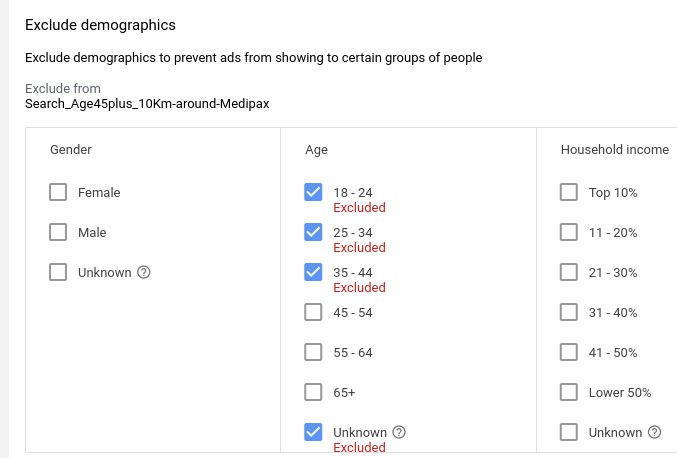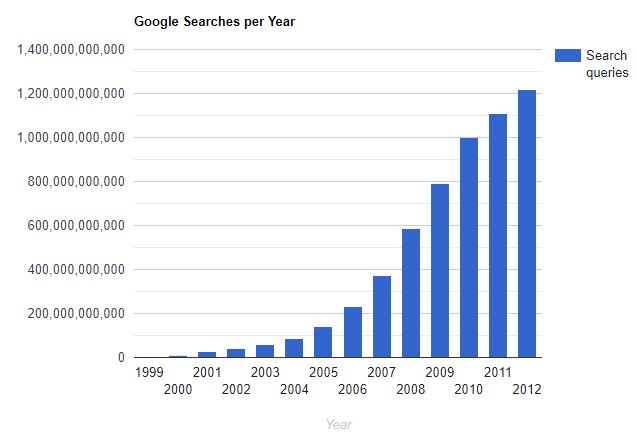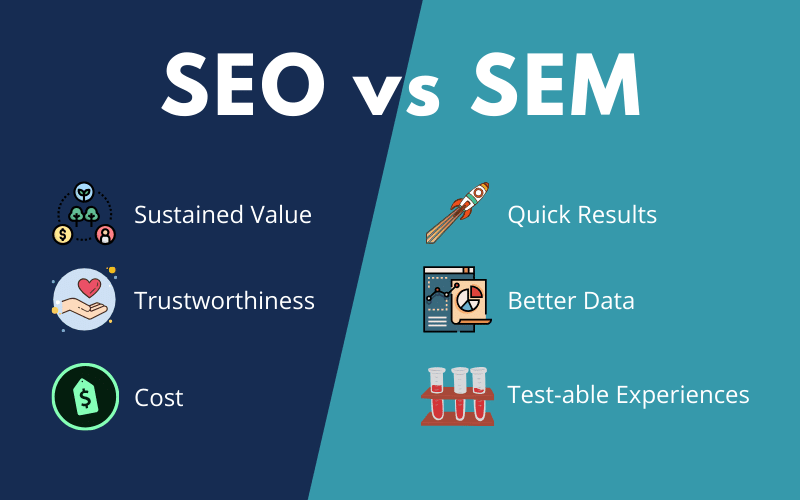
SEO and SEM are crucial components of your digital marketing strategy. Though they both relate to using search engines to drive customers to your site, they each focus on different components.
We will explain SEO vs SEM and how you can use each to advance your marketing strategy.

Image source: MBE For You
What is SEM?
What does SEM stand for, anyway? SEM stands for Search Engine Marketing. SEM refers to a set of digital marketing strategies that exist to drive traffic to your site. This is mainly accomplished through optimizing paid ads.
This gets a bit confusing because many marketers use the acronym SEM to stand for everything regarding search strategy. In general, though, you can count on SEM referring to the paid search portions of your strategy.
How does SEM Work?
A typical SEM strategy usually looks something like this from start to finish:
- Keyword research and analysis
- Grouping keywords into useful categories
- Designing ads based on target search terms
- Setting search terms on Google ads - broad search, narrow search, refined broad
- Adding targeting based on location, time of day, etc.
- Setting budget constraints for the campaign
- Participating in ad bids via Google Ads
- Evaluating KPIs after the campaign

What is SEO?
SEO stands for Search Engine Optimization. This is part of your digital marketing strategy that focuses on driving traffic to your site organically.
This is done by optimizing all web and social content to match key search terms. SEO usually refers to optimizing the content that was going to be on your site anyway - like blogs and pillar content - and not paid ads.
SEO Example
A typical SEO campaign would contain the following steps
- Conduct keyword research and analysis
- Run keyword analysis of existing web content
- Optimize web content according to search terms
- Optimize the website’s user experience to ensure better Quality Score on Google Ads
What are the Differences Between SEO and SEM?
The main difference between SEO and SEM is that SEO focuses on organic (unpaid) traffic, and SEM prioritizes paid search. SEO SEM and other marketing strategies all have a role to play.
Here is an example of a basic SEO strategy - optimizing meta descriptions:

Adding keyword-rich descriptions to the meta description section of each webpage makes it more likely to appear in organic search results.
It’s a good example of using content you already have in a savvy way that shows Google you are publishing relevant content.
In contrast, here is an example of a basic SEM strategy - demographic targeting of an ad campaign.

Image source: Ads PPC Management
Demographic targeting is available for both search and display ads and lets you filter your audience according to certain criteria like age and household income.
What is SEO Best For?
Search engine optimization is best for organic traffic, which means that visitors would naturally find your website because of the perfect alignment between their search terms and your content.
If you sell the best cowboy boots in the country, for example, search queries looking for the best cowboy boots should end up on your site, right?
Of course, things aren’t quite that simple. According to Google Live Stats, there are approximately 1.2 Trillion searches each year via Google - and that number is likely an underestimate.

This means that your content needs to compete for attention, and that means optimizing all your web content to the fullest. This makes it more likely that queries will naturally end up on your site and maximizes your advertising budget.
Bottom line:
SEO is best for optimizing web content to drive organic, unpaid traffic to your website. It is inexpensive but time-consuming and often takes a long time to see measurable results.
What is SEM Best For?
SEM marketing is designed for strategic use of advertising. The more specific your marketing goals, the better SEM will work for you.
- Targeting specific demographics
- Timing your advertising for the most profitable search time
- Tracking clicks and conversions
- Getting your content to the first page of SERPs.
Audience targeting is where SEM comes out ahead in SEO vs SEM. You can think of your SEO strategy as a wide net that captures the maximum number of searchers, while your SEM strategy is a fishing expedition where you want fewer, but more closely matched, leads.
Bottom Line:
SEM meaning in a campaign is derived from its ability to wisely allocate your ad budget to feature your ads during peak times to key demographics. While this costs money, it also results in higher-quality traffic to your site - i.e., browsers who are more likely to want your product and purchase it.
How Long Does it Take to See Results from SEO and SEM?
It’s important to have clearly defined goals and benchmarks with any digital marketing strategy. While any additional traffic is progress in the right direction, it’s important to have realistic goals. Your site is not likely to rank #1 on the SERPs after a few weeks of effort.

Image source: Medium
Realistically, it will take several months to two years for your SEO and SEM strategies to reach their full potential - but there should be measurable growth in the meantime.
SEO
Search engine optimization is a long-term strategy. Most marketing experts agree that you should see some progress on your SERP ranking and conversions within 6-12 months of implementing a quality SEO strategy.
This is not a hard-and-fast rule. Newer domains take longer to rank, while sites with preexisting penalties or SEO violations need to fix previous issues before a new strategy can work.
High-competition keywords also take longer to fight their way up the rankings. Long-tail keywords often show quicker gains with an SEO strategy because of the decreased competition for niche searches.
While SEO can take a while to show dividends, the fact is it’s almost impossible to improve your SERP showing without it.
SEM
Search engine marketing yields quicker results than SEO. In some cases, simply setting up a well-planned ad campaign can generate some immediate results.
In general, you can expect to see increased traffic over about 3 months of a quality SEM strategy. If you aren’t seeing KPIs in line with your goals, you should revisit your keyword research and ad grouping.
SEO vs SEM: Differences in Cost
SEO is often billed as being the “free” option, while SEM is associated with more traditional paid ad campaigns.
In broad strokes this is true, but the reality is more complex.

Image source: Backlinko
SEO can be time-consuming to implement and needs to be maintained. Just publishing a couple of optimized blog posts and then leaving it alone will not yield good results over the long haul.
One estimate puts the cost of an SEO campaign at between $400 and $10,000 monthly.
This is a pretty broad range. Breakdowns of SEO pricing typically show that local campaigns cost less while eCommerce websites are more expensive to optimize.
SEM is a paid advertising system, so in some ways, the cost is tied to the aggressiveness of the campaign. SEM strategies are usually estimated to cost between $2,000- $5,000/month, with local campaigns costing less.

Image source: Spiralytics
Determining the difference is further complicated because SEO is considered a subcategory of SEM, and they are often priced together.
There are multiple payment structures available for SEM strategies. Many are based on flat monthly budgets, whereas some ad agencies charge a percentage of revenue or ad spend. Flat project rates are also available, especially for big SEO projects (like undoing bad SEO).
Bottom Line: SEM is typically more expensive than SEO; good goal-setting and benchmarking are crucial for both.
Should You Focus on SEO or SEM?
SEO and SEM differences mean they play different parts in your marketing strategy. Many marketing departments have a limited budget and must decide which to focus on: SEO or SEM.
As we’ve indicated, SEO and SEM work best when they work together. So your question really should be: which should you focus on FIRST?

Image source: Seotopia
We recommend starting with a solid SEO foundation and then building your SEM strategy from that established base.
This works because SEO is all about your website’s placement on SERPs and making sure your content aligns with search terms. Because the Google algorithm makes frequent changes, SEO needs to adapt and change as well to keep your site relevant. And of course, you need to keep producing regular, reliable content.
If your SEO strategy is outdated, nonexistent, or downright counterproductive (using bad backlink strategies or irrelevant keyword tags, for example), your SEM strategy will not be as effective as it could be.
Once your SEO is reasonably healthy, you can begin to test out SEM campaigns. An estimated workflow for a paired SEO and SEM strategy could look like this:
- Run SEO checkups and analysis
- Research and analyze keywords
- Improve website SEO
- Improve social SEO
- Quality link building
- Use sites like Reddit to generate traffic
- Shift SEO strategy to maintenance mode
- Begin active SEM phase
- Conduct audience and keyword research
- Launch targeted campaigns to increase PPC advertising
- Test different bid amounts
- Run social ads
Bottom Line: If you don’t have the resources to throw all your efforts at SEO and SEM simultaneously, it’s best to get your SEO strategy into a sustainable maintenance phase and then focus on SEM.
One exception: If your web presence is brand-new, it can take a very long time for your site to get enough exposure to rank as a high-authority site on Google. Some proactive SEM marketing right out of the gate can drive some traffic to your site and grease the wheels of your page rankings. Of course, it’s best to keep your SEO healthy if you’re starting from scratch, as well.
Using SEO and SEM Together
By now you know that we recommend using SEO and SEM together as an integrated strategy to prioritize both paid and unpaid search strategies.
A frequently-cited Nielsen study concluded that brands that showed up in both paid and organic search strategies received 92% of clicks.
This is more than just ensuring your brand shows up in more than one place. Analyzing your SEM strategy can provide valuable insight for your SEO method.
For example, SEM campaigns allow for detailed measurements that show you exactly what is successful in your marketing strategy. You can use these keywords to bolster your SEO efforts.
Similarly, content that is doing quite well organically can do even better with a promotion. You will know what content is performing more highly because your SEO analytics will show what is being shared, liked, and commented upon naturally.
How to Integrate SEO and SEM into your Digital Marketing Strategy
Since you know that SEO and SEM are interdependent, how do you begin to integrate them into your marketing strategy?
Here are some steps you can take if you are new to SEO SEM and want to get started:
SEO First Steps:
- Conduct a site audit
- Start with on-site SEO
- Title
- Tags
- Meta Description
- Image names and alt text
- Off-site SEO
- Link-building
- Submitting to directories
- Guest Posts
SEM First Steps:
- Register with Google Ads
- Decide the goal of your campaign - clicks, sales, subscriptions
- Decide which product/service you’re going to promote
- Define your target audience
- Launch and run an ad
- Measure success

As with all digital marketing strategies, metrics are crucial. If you’re not measuring the results of your work, there’s no way to know whether your strategy is working or whether you need to alter your approach.
Optimizing Search: How to Make it Work for You
For your business to be successful, you need to impress Google. Worldwide, Google receives 76% of desktop search traffic and a whopping 86% of mobile search.
This makes optimizing both your organic and paid search traffic a no-brainer. Your competition is maximizing the traffic and sales that come from SEO and SEM, so it’s important that you do the same.










